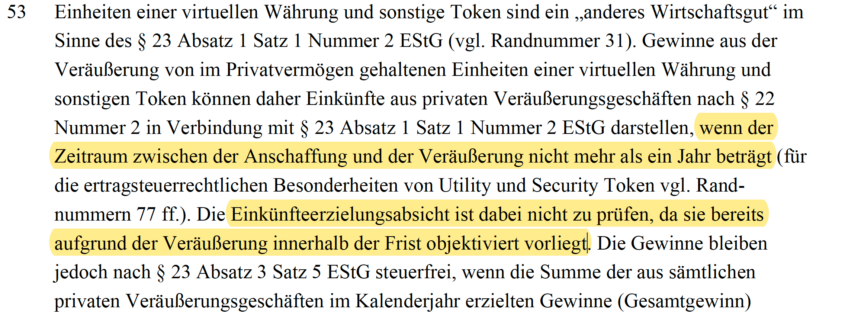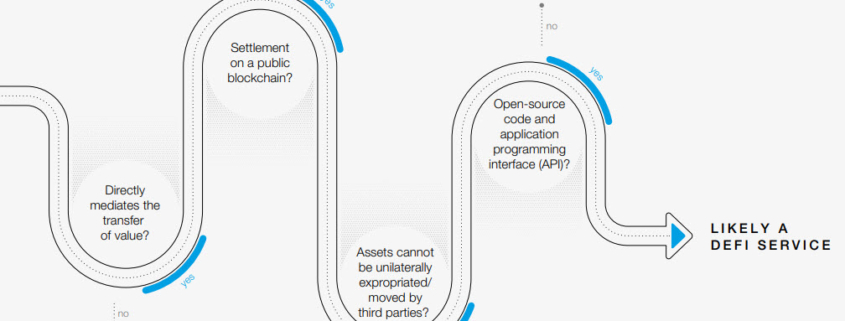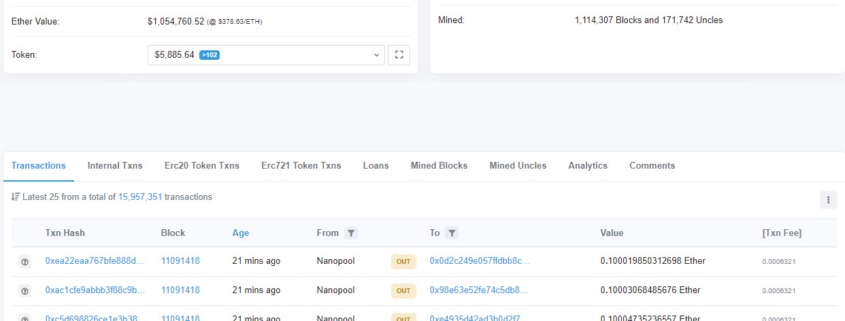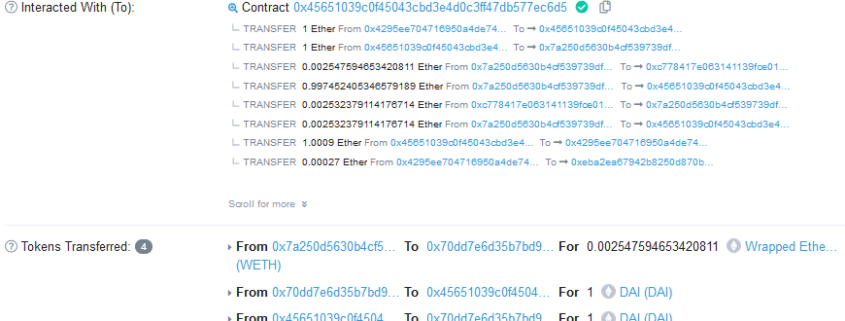News
Mit dem BMF-Schreiben „Einzelfragen zur ertragsteuerrechtlichen Behandlung von virtuellen Währungen und von sonstigen Token“ gibt das Bundesministerium der Finanzen den Praktikern in Finanzverwaltung und Wirtschaft, aber auch den einzelnen Steuerpflichtigen einen rechtssicheren und praktikablen Leitfaden zur ertragsteuerrechtlichen Behandlung nicht nur von Bitcoin an die Hand.
Decentralized finance (DeFi) is an emerging and rapidly evolving area in the blockchain environment. Although examples of DeFi have existed for several years, there was a sudden upsurge of activity in 2020.
The Emerging World of Decentralized Finance Produced by the Wharton Blockchain and Digital Asset Project, in collaboration with the World Economic Forum Introduction Decentralized Finance (DeFi) is a developing area at the intersection of blockchain, digital assets, and financial services. DeFi protocols seek to disintermediate finance through both familiar and new service arrangements. The market […]
Source: https://www.placeholder.vc/blog/2021/3/10/systemic-risk-mitigation-in-defi March 11, 2021 Mario Laul Introduction Speculation and risk-taking are essential features of all monetary economies and both are closely tied to the financial sector. History has shown that without appropriate rules, safeguards, and behavioral norms, financial markets become more prone to fraud, pro-cyclical excess, and crises. Occasionally, these crises take systemic proportions, […]
Wenn Sie begonnen haben, Ihren Zeh in die Welt des Ethereum einzutauchen, haben Sie wahrscheinlich Etherscan gesehen oder wurden dorthin umgeleitet. Etherscan ist ein Block-Explorer, der es Benutzern ermöglicht, Informationen über Transaktionen anzuzeigen, die an die Blockchain übermittelt wurden, den Vertragscode zu überprüfen und Netzwerkdaten zu visualisieren. Dieser Leitfaden konzentriert sich auf die Erläuterung der Informationen, die für verschiedene Arten von Transaktionen auf Etherscan angezeigt werden.
Lending is the natural next step for any new nascent financial market. The house of Rothschild got its start by collecting and exchanging coins (moneychanging). Once they had enough value under their custody, the natural step was to put it to work (moneylending). Then they expanded by doing the same for rulers locally and then, doing the same across Europe.
This is a simple working example of a flash arbitrage smart contract, whereby within a single transaction it:
Instantly flash borrows a certain asset (ETH in this example) from Aave lending pools with zero collateral.
Calls UniswapV2 Router02 to wrap the flash liquidity of ETH into WETH and exchange it for DAI tokens.
Checks the exchange rate of DAI back into ETH on Sushiswap V1.
Calls SushiswapV1 Router02 to swap the DAI back into WETH and then ETH.
There’s also an independent function to withdraw all ETH and ERC20 tokens at the contract owner’s discretion.
The European Commission has today officially proposed a regulatory framework for crypto-assets and stablecoins after a leaked draft proposal went viral last week.
Hundreds of them have sprouted, with fanciful names like Primecoin, Dash, and Verge. They have developed cult-like followings among the tech-savvy. Their values fluctuate wildly. Some people say these mysterious bits of computer code will someday replace money as we know it. What exactly are these cryptocurrencies, and what makes people think they are worth anything at all? To answer these questions, let’s first look at how money evolved.
An Ultimate, In-depth Explanation of How EVM Works. Source: https://medium.com/swlh/getting-deep-into-evm-how-ethereum-works-backstage-ab6ad9c0d0bf This post is a continuation of my Getting Deep Into Series started in an effort to provide a deeper understanding of the internal workings and other cool stuff about Ethereum and blockchain in general which you will not find easily on the web. Here are the previous […]









